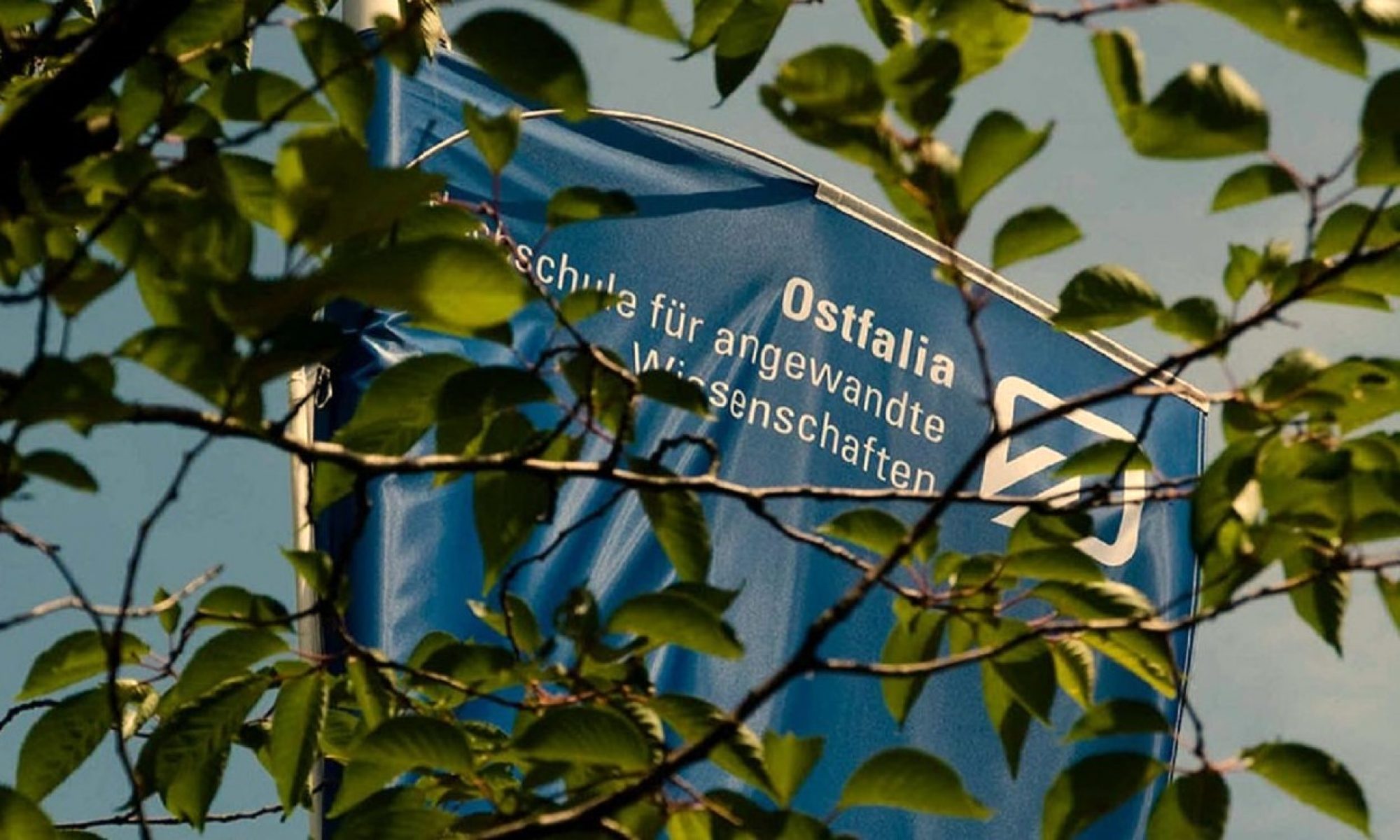Tracy S. Craig & Lerna Pehlivan t.s.craig@utwente.nl; l.pehlivan@utwente.nl FERMAT (Fundamental Educational Research in Mathematics at Twente), Department of Applied Mathematics, University of Twente
Abstract
In engineering mathematics, double integrals are encountered in a wide range of fields, such as electrodynamics, aerodynamics and quantum mechanics. Setting up appropriate bounds and integrands is key to successfully solving an integral; computation is often easy, by hand or with software. Our teaching of multivariable calculus foregrounds the importance of setting up the integral, with constructive alignment between the teaching and learning materials and the tasks designed to assess proficiency in this area.
In a recent study within a multivariable calculus course for Electrical Engineering, Applied Physics and Advanced Technology majors, we investigated students’ proficiency at setting up double integrals to represent area of a two-dimensional region provided in a diagram. Such exercises were present in the teaching and learning materials and were present in sample exams made available to the students.
It is required that the integrand is defined over the assigned region. However, there is no further relation between the integrand and the region of integration. In the case of computing an area, the integrand should be unity, yet we found that a significant portion of the students (15%, 25 of 168) created an integrand out of the bounds themselves. One identical error was incurred by 60% of those cases (15 of 25). A further 20% (34 of 168) designed integrands that were unsatisfactory in other ways.
In this paper we present the different classes of incorrect integrands, how students relate to the geometry of the region and discuss potential causes. In particular, we observe that when using a single variable to calculate area under a curve, the integrand is not unity, which might cause cognitive conflict. We discuss implications for the teaching and learning of double integrals and suggest educational interventions.
Keywords
Double integrals; multivariable calculus; geometry
